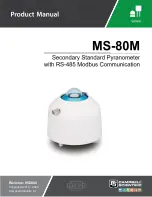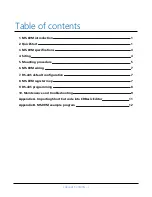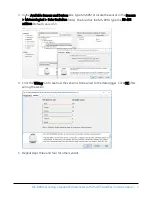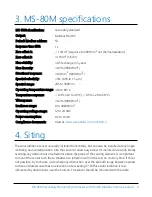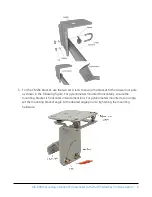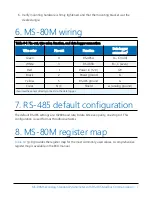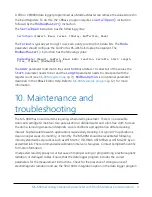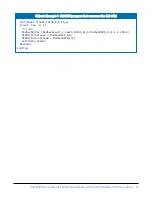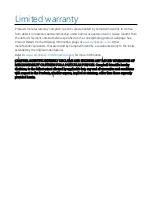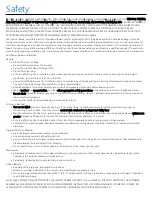
Table 8-1: RS-485 register map
Starting
register number
Register
count
Data
format
Units
Description
14
1
16 bit
integer
W/m²
Irradiance minimum output
15
1
16 bit
integer
W/m²
Irradiance maximum output
17
2
Float
µV/W/m² Pyranometer sensitivity
19
1
16 bit
integer
Temperature units 1 = °C, 2 = K, 3 = °F
20
2
Float
mV
Sensor voltage output with three decimals
22
2
Float
W/m²
Irradiance
24
2
Float
°C
Internal temperature
26
1
16 bit
integer
Password (required for setting the temperature
and linearity corrections)
27
2
Float
Temperature response correction factor
1
a
29
2
Float
Temperature response correction factor
1
b
31
2
Float
Temperature response correction factor
1
c
33
2
Float
Temperature response correction factor
1
d
1
If temperature correction is required, the following formula is used:
ETC(E,T) = E/TC1(T); TC1(T)=a + b + T + cT
2
+ dT
3
Where,
ETC(E,T): Measurement voltage with temperature correction (mV)
E: Measurement voltage (mV)
TC1(T): Correction coefficient
T: Internal temperature (°C)
a, b, c, d: Correction coefficients
9. RS-485 programming
The RS-485 output can be directly read by a MeteoPV, CR6-series, CR1000X-series, or Modbus
RTU RS-485 network. Other Campbell Scientific data loggers can use an MD485 multidrop
interface to read the RS-485 output (refer to the MD485 manual).
MS-80M Secondary Standard Pyranometer with RS-485 Modbus Communication
8

